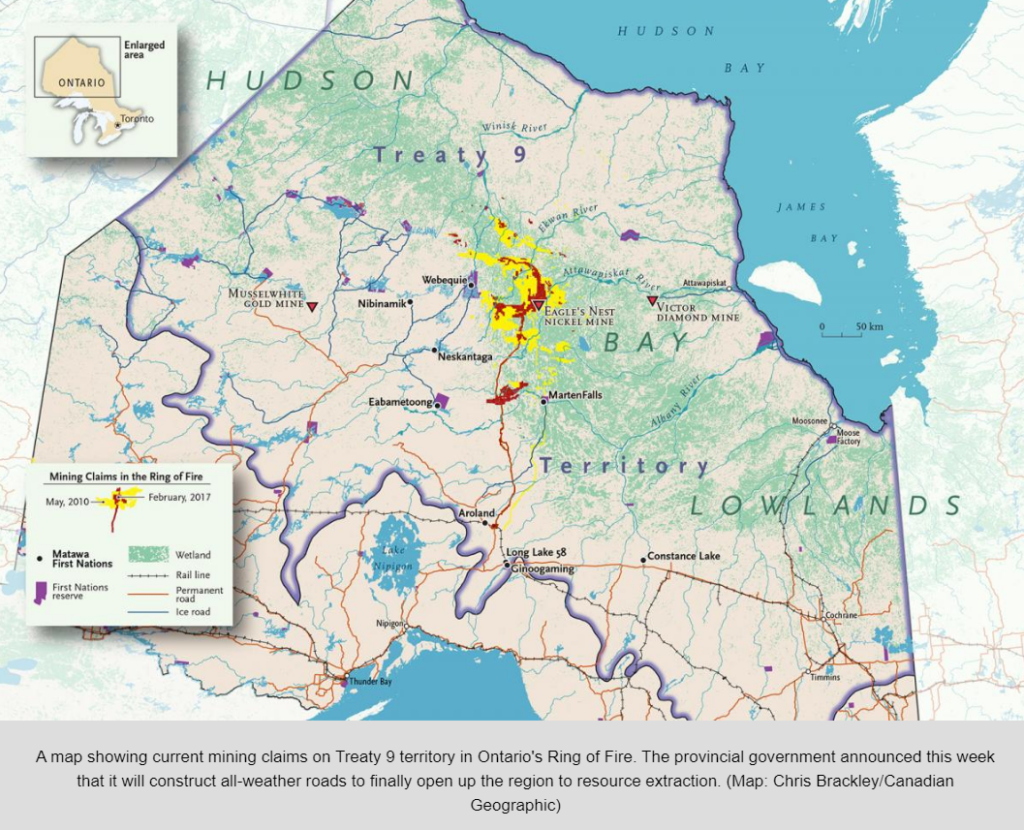https://www.northernontariobusiness.com/
Stan Sudol sees synergies and cost savings if Glencore and Vale form mining joint venture in the Sudbury basin
Vale Base Metals chairman Mark Cutifani’s remarks this week to Reuters new agency about a pursuing a business combination between his company and Glencore in the Sudbury basin has mining analyst Stan Sudol wondering, “What took them so long?”
The Sudbury-raised and Toronto-based owner of the Republic of Mining website is a keen observer of the global nickel industry and of the Sudbury camp. Now is the “perfect time” for a business combination between Sudbury’s two largest miners, and one that’s long overdue, he said.


























